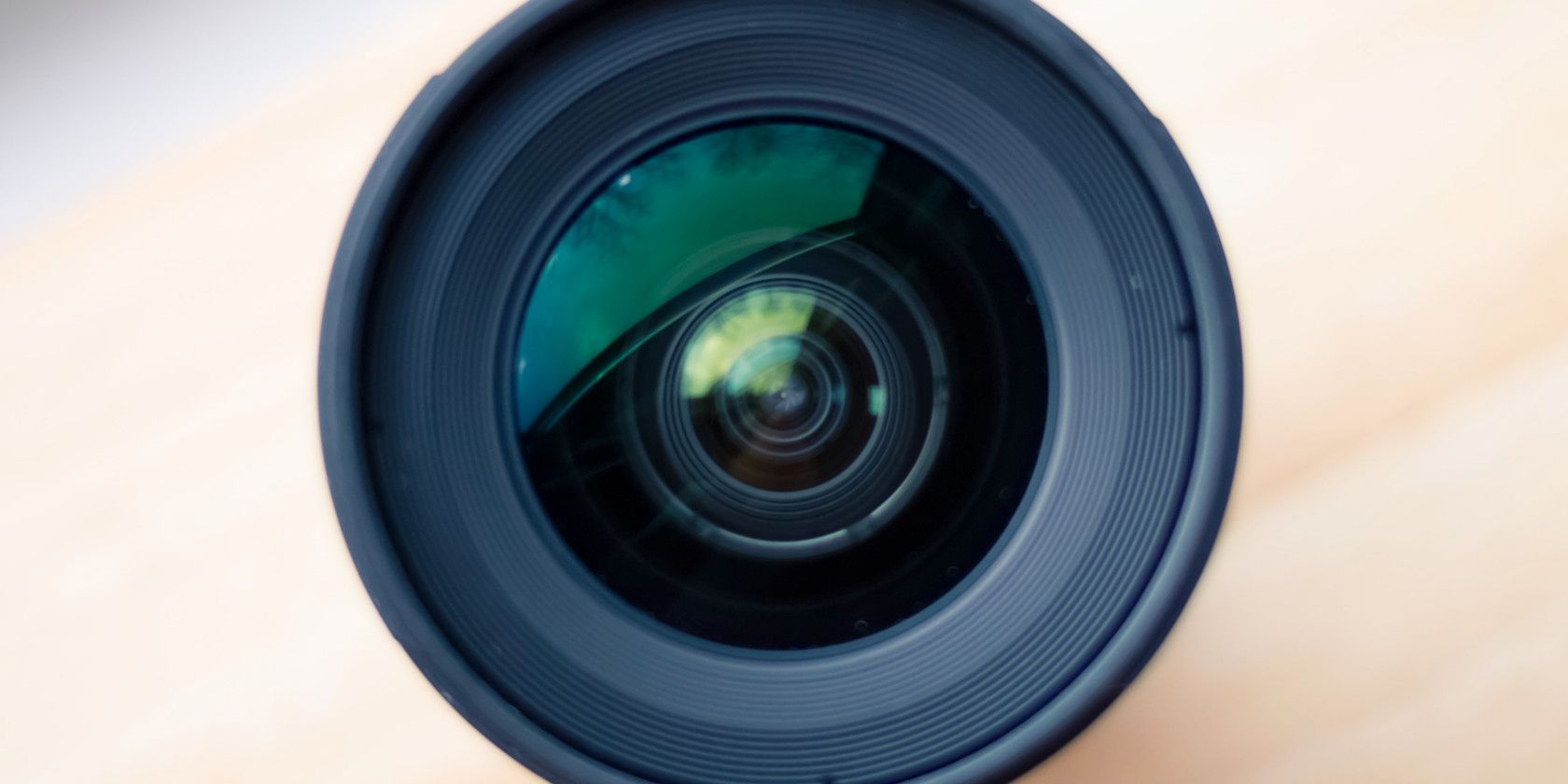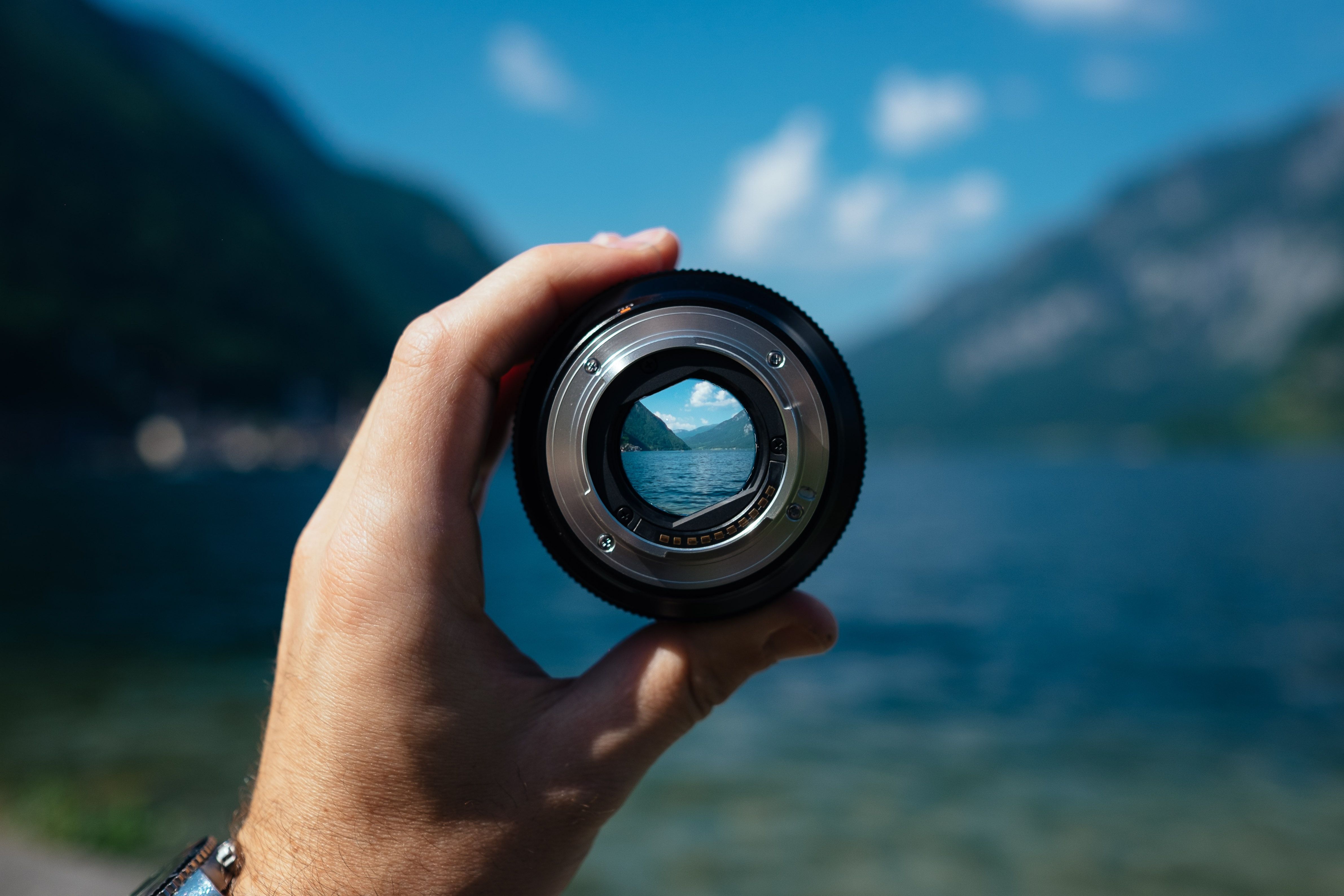There's much more to know about the speed of a lens aside from how fast it flies when you throw it. Alluding to the flexibility that it offers the user, a fast lens allows you to keep the show moving through every possible creative setup and spontaneous detour.
Let's go over what lens speed is, and why it's important in photography.
What Is Lens Speed?
The aperture of the lens is the hole in the back that lets all of the light in when the shutter is released. Its diameter at its widest possible position is what's known as the speed of the lens. A fast lens will boast a very wide aperture, some as large as an f/1.2 and onward.
Why Does Lens Speed Matter?
A fast lens affords you so many more degrees of freedom as you work in the field. The aesthetics that a fast lens offers are also desirable to a lot of photographers. Here are some of the benefits of choosing a fast lens:
- A very wide aperture allows a lot of light into the camera. You're less likely to run into a scenario where a slower shutter speed is your only means of achieving adequate levels of exposure. This is ideal when shooting subjects that are moving quickly or under low light.
- The same goes for a photographer who would like to minimize their ISO rating as much as possible. Instead of relying on ISO as your primary means of exposure compensation, you will be able to continue to widen your aperture whenever you need more light.
- The wider your aperture, the narrower your plane of focus and depth of field. You will be able to separate your subject from the background, even if they're very close to it.
- A wider aperture also offers a much wider window of opportunity for you to achieve fanciful bokeh effects. The wider the aperture, the more diffuse each source on-screen needs to be in order to qualify.
On the other hand, there are a few drawbacks to having a fast lens. Let's go over them:
- Fast lenses are usually very expensive.
- The fastest lenses will usually be prime lenses, or lenses that do not offer a variable range of focal lengths.
- The wider your aperture, the more likely that your subject is to fall out of focus.
The balance to strike from an engineer’s perspective is one between a lens that allows the maximum amount of light in, while also producing a stable and sharp image under ordinary conditions. Is a fast lens vital to your success as an artist? Perhaps. Perhaps not.
The good news is that if you would like to dabble, there are plenty of relatively cheap fast lenses available to you. These entry-level selections will give you a taste of the good stuff without the inordinate price tag that comes with top-of-the-line equipment.
An f/1.8 or even an f/1.4 will open up a world of possibility, especially for the aspiring candid photographer. If you've got cash to spare, we highly recommend it.
Speed Isn't Everything, But It Sure Is Cool
A fast lens is just like any other luxury in life: exciting, novel, and a great way to expand your boundaries. With a fast lens in your arsenal, you're much more likely to be ready when the shot of a lifetime is right in front of you.


